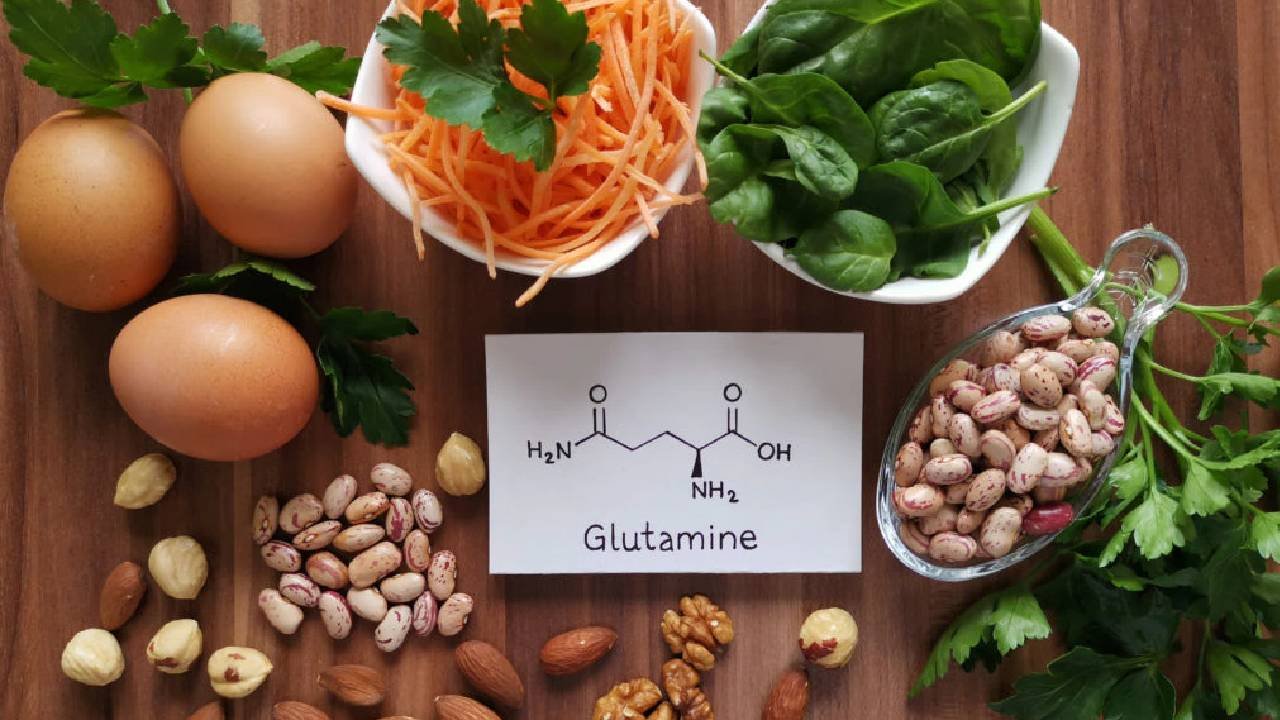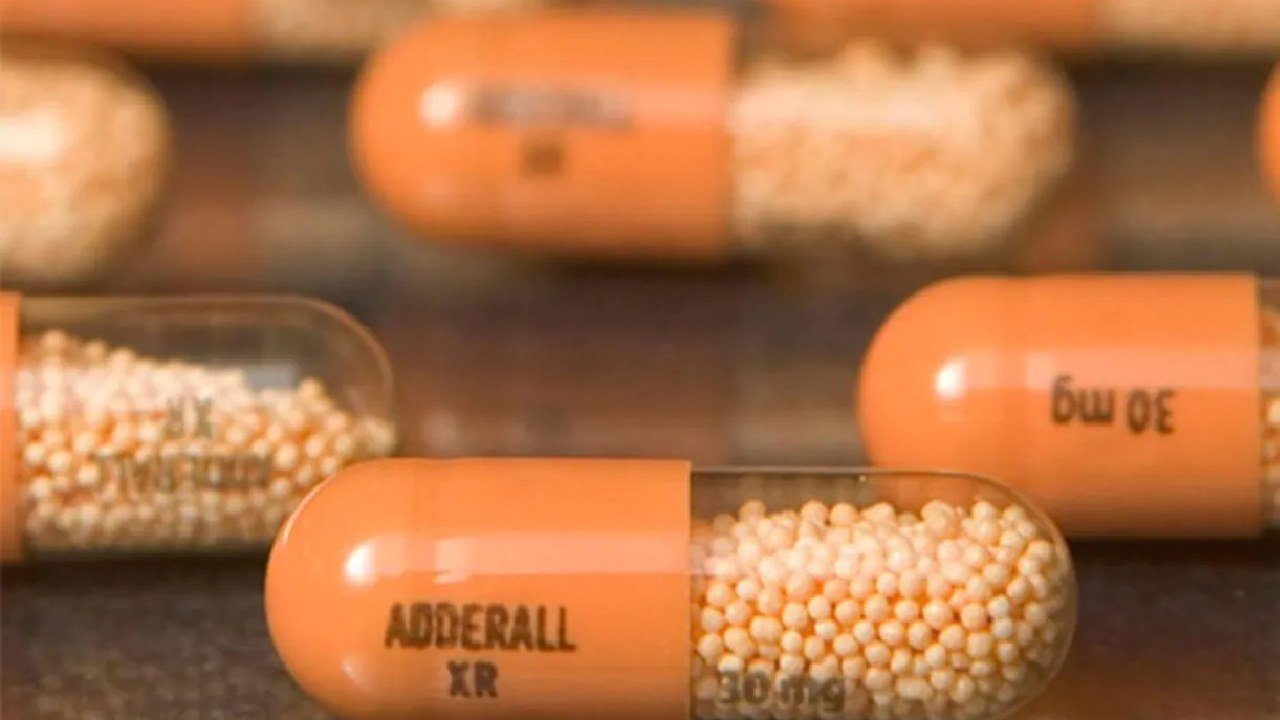L-Glutamine, also known as Glutamine, is used for the synthesis of proteins. It is composed of alpha Amino acids that are instrumental in producing proteins. L-Glutamine can be called by other names such as 2,5-Diamino-5-oxopentanoic acid, and 2-Amino-4-carbamoyl butanoic acid. The molecular formula C5H10N2O3 can represent it. It is also said that Glutamine is the most abundant amino acid in human blood.
Normal people get their Glutamine through diet in the form of dairy products and many protein-rich foods. It has a structure similar to Glutamic acid. Also, it is found that L-Glutamine has a crucial role as a building block of the body. In this blog, you will learn more about the uses and benefits of L-Glutamine.
What is L-Glutamine :
Glutamine, symbolized by the symbol Gln or Q, is the most abundant amino acid in the human body. It comes under the conditionally essential and non-essential categories of amino acids in humans. It is neutrally charged and falls under the charge-neutral polar amino acid category. It has its side chain similar to Glutamic acid, the only difference being that the carboxylic group in Glutamic acid is replaced by amide in L-Glutamine.
This means that the human body usually synthesizes L-Glutamine, but in some rare cases of stress, the demand for L-Glutamine gradually increases. To meet this increasing L-Glutamine need, a protein-rich diet is recommended. L-Glutamine is encoded by two codons, namely CAA and CAG. It has a molecular mass of around 146.15 g/mol. Glutamine, the most abundant constituent in our blood, plays a crucial role in the development of the human body. It works on the immune system of the body to increase immunity.
Natural Production of L-Glutamine
As mentioned earlier, L-Glutamine is human blood’s most abundant free amino acid. It is critical in helping the patient fight stress and many other dangerous diseases. It is produced naturally within the human body by consuming a protein-rich diet.
The food that can increase the production of L-Glutamine in the human body is chicken, fish, meat, a few dairy products, and vegetables like cabbage, carrots, spinach, beets, and beans. Also, sometimes vegetable juices of wheat, celery, and fermented foods like miso can help increase L-Glutamine concentration in the human body.
Biosynthesis of L-Glutamine
L-Glutamine in the body is produced generally within the kidney and brain. However, a major portion of L-GLUTAMINE is produced in muscle mass. The energy material obtained from a protein-rich diet makes a subunit. This subunit, in turn, undergoes L-Glutaminebiosynthesis to produce L-Glutamate. L-Glutamate, In turn, is converted to L-Glutamine.
This conversion requires one molecule of ATP. The enzyme needed here is Glutamine Synthase. Most of the L-Glutamine is synthesized within the muscle mass, counting to about 90% of the total content used. In small amounts, Glutamine is produced in the brain. In different living things, other Glutamine synthetases are used. Other types of Glutamine synthases are:
- Glutamine synthetase found in archaea and bacteria is Glutamine synthetase type 1.
- Conversely, Glutamine synthetase type II is mainly seen in some soil bacteria and eukaryotes.
- The third type of Glutamine synthetase, the type III form of Glutamine synthetase, is found in anaerobic bacteria.
Commercial Production of L-Glutamine
L-Glutamine, also known as Glutamine, is the most abundant amino acid in human blood. Typically, L-Glutamine content in the human body is maintained by regular protein-rich diets. However, in some stress and energy loss conditions, patients might require high amounts of L-Glutamine externally. This need for L-Glutamine is satisfied by providing L-Glutamine drugs.
This L-Glutamine is produced on a large scale with the help of mutants of Brevibacterium flavum. It is synthesized using Glutamine and an amino group in the presence of the enzyme Glutamine synthetase. It is found that within two days, each mutant of Brevibacterium flavum gives 40 g/L in two days when Glucose is used as a carbon source. This Glutamine produced is very beneficial for patients with Stress and low energy.
Functions of Glutamine
- Glutamine, the most abundant human protein, acts as a building block. It helps form protein and the construction of Glucose and some other amino acids.
- Glutamine supplements can be recommended to the patient with immune function, gut function, and several different processes.
- In conditions of stress, the body requires more L-Glutamine, which is provided by the supplements.
- Moreover, Glutamine drugs are approved by the FDA for their use against Sickle cell anemia.
Clinical uses of L-Glutamine
- Glutamine is recommended after the surgery to fasten up the recovery.
- It also plays a crucial role in dealing with the complications of HIV/AIDS and can cause early energy recovery.
- It can work as an energy source in many cases.
- It is recommended for a patient with diarrhea, cystic disorders, and many viral diseases.
- It can sometimes be given to a patient with lung cancer. However, no scientific research has found the use of L-Glutamine in lung cancer beneficial.
Clinical benefits of L-Glutamine can be grouped into a few categories:
L-Glutamine plays a crucial role in treating sickle cell disease. A particular type of Glutamine, Endari, Emmaus Medical, INC, etc., is usually used to treat Sickle cell disease. Even the FDA of the United States has approved the use of L-Glutamine in sickle cell disease.
It is generally recommended to incorporate L-Glutamine through the mouth. Taking L-Glutamine supplements through the mouth helps reduce the symptoms of sickle cell disease and thereby relieves the complications of Sickle cell disease.
L-Glutamine is recommended. It is also possibly effective for burns. Applying L-Glutamine through a feeding tube goes well with severe burns.
L-GLUTAMINE can cure several critical illnesses, such as trauma. L-Glutamine works well in dealing with trauma complications, but it doesn’t seem to affect delaying the risk of death. The physician can always give IV medicine.
In the case of HIV/AIDS, the problem of weight loss is quite common. This problem of weight loss can be cured by taking L-Glutamine supplements. Consuming L-Glutamine helps increase the absorption of food and thereby increases weight. Hence L-Glutamine drug is often given to the patient with HIV.
After Surgery, periods can be painful. Hence proper recovery after the surgery is significant. To increase the speed of recovery after surgery, L-Glutamine is recommended. L-Glutamine is given to the patient through IV to fasten the recovery period after surgery. However, it does not have any significant effect on delaying the complication of surgery.
Precautions and side effects of L-Glutamine
L-Glutamine is generally recommended for a patient with sickle cell disease, burns, and cases of HIV/Aids. It must be taken under controlled concentration. Taking an overdose of L-Glutamine might lead to various side effects for the patient. Side effects can be grouped into different categories:
FAQs :
L-Glutamine which is the most abundant free alpha amino acid present in human blood has a chemical structure similar to Glutamic acid. However, Glutamic acid has carboxylic acid on its side chain whereas L-Glutamine has an amino group on its side chain.
Also Glutamic acid is an important component of Monosodium Glutamate and L-Glutamine supplements are used as a source of protein components. L-Glutamine is derived from Glutamic acid. In L-Glutamine, Glutamic acid is attached to a mineral ion. Both Glutamic acid and L-Glutamine have a great benefit in improving the immunity of the patient.
L-Glutamine, which acts as a primary source of protein and sugar, is essential for the development of the body. Usually, L-Glutamine concentration is satisfied by a regular diet. However, in some cases of stress, the demand for L-Glutamine increases gradually.
To meet these increasing L-Glutamine demands, patients are recommended to take protein-rich diets such as meat, fish, and chicken. Also, vegetables like spinach, carrot, and other green vegetables might help increase L-Glutamine concentration in blood. In some rare cases, L-Glutamine supplements are recommended.
L-Glutamine drugs are generally recommended for patients with stress and many other conditions. L-Glutamine works well with patients with nickel cell disease intact L-Glutamine is approved by the FDA for the treatment of sickle cell disease. After surgery, L-Glutamine is given to the patient to decrease the recovery period.
In patients with HIV/AIDS, L-Glutamine is shown to increase the absorption of food and thereby increase the patient’s weight. It also helps reduce skin burns and tends to decrease the complications related to trauma. It is not very efficient in the case of diarrhea and cystic fibrosis.
L-Glutamine, which acts as energy, doesn’t seem to go well with some diseases. One such disease is a liver infection. L-Glutamine, when given to a patient with liver infection, leads to harmful effects on the brain. Also, it doesn’t work well with patients suffering from bipolar disorder, Seizures, and Monosodium Glutamate sensitivity(MGS).
L-Glutamine, if given to patients with MGS, might trigger several allergic reactions. It also increases the chances of Seizures. And in patients with Bipolar disorder, L-Glutamine might increase the chances of hypomania or mania.
L-Glutamine drugs are widely known for treating skin burns, cystic fibrosis, and sickle cell disease patients and need to be taken under a controlled dosage. L-Glutamine can be administered through the mouth or via IV. Drugs taken through IV should be taken as the doctors recommend.
Doctors should also confirm the patient is not allergic to the drugs and should check the patient’s liver function before giving L-Glutamine drugs. L-Glutamine drugs should not exceed 40g a day in the case of adults, whereas in the case of children, it should not go over 0.7g per kg of weight of the child.
Conclusion :
This blog on L-Glutamine covers everything you need to know about L-Glutamine. In this blog, we have talked about the production of L-Glutamine, the use of L-Glutamine in humans, and the commercial methods of production of Glutamine. This blog also discusses the clinical importance of L-Glutamine, precautions, and side effects of L-Glutamine drugs. And at the end, we answered some frequently asked questions regarding L-Glutamine.
We hope this blog on L-Glutamine has answered all your questions and doubts on L-Glutamine.
If you have any doubt, you can mention them below.







